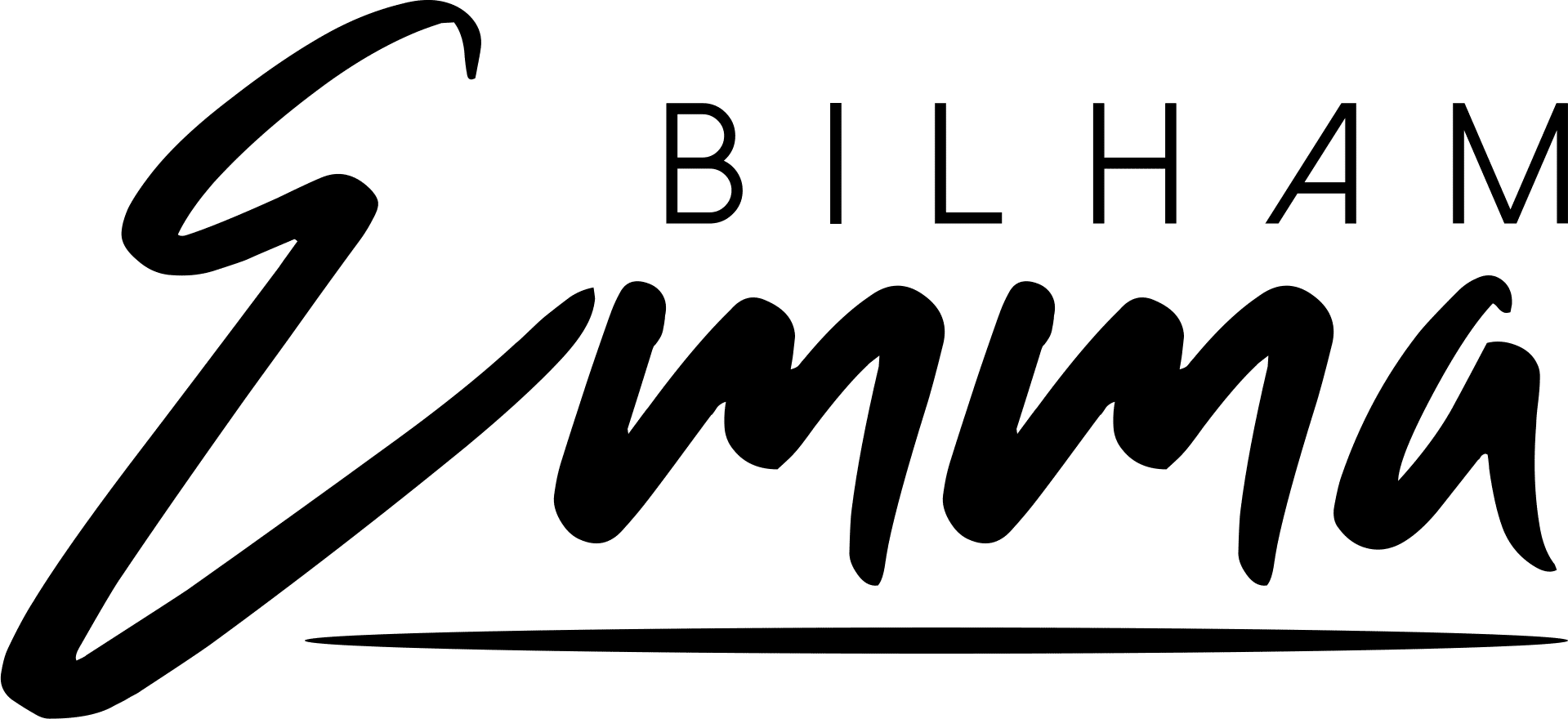It’s not your foot
To those of you who read what used to be regular updates, you’ve probably figured I’ve done something to myself. No racing, no reports… and not a lot of training either. A dodgy foot and a reappearance of some minor Cabbage symptoms haven’t made things easy over the past few months, and putting pen to paper often seemed like a challenge too many. But if you have a cuppa on hand please bear with me because it’s not all death and despair.
For those who don’t like reading, please go straight to the last paragraph 🙂
Let’s face it, injury sucks. Not only does it hurt physically, but it somehow manages to turn your life on its head and fuck you over properly, however positive and happy you try and stay.
Yet in the world of professional sport, injury is part of the job description. It’s in the contract you sign when you choose to use your body for a living. Not up there in the first paragraphs alongside the thrills, the adrenaline, the podiums and the successes; but in the small print many of us don’t take the time to read, or at least set aside because when those first lines are living up to their promises, appendices and amendments are the last thing on you mind.
Between January and July, I did eleven races. Two full ironmans and nine halfs. I only missed the podium twice, my strength was building and I had massive plans for the summer. I felt on top of the world.
Let’s dance
But sometime or other it catches up with you. You hit a crash barrier, stumble on a root or do a race too many. Ignore a niggle or tear something which really shouldn’t be in two pieces.
Sometime in May, I remember jogging around a carpark at 4am, waking my body up for the upcoming race. There was an ache in my left heel which I linked to the fatigue I’d been feeling all week – I knew I’d overdone the training a little, so just reckoned a little inflammation had flared up. Cue Ibuprofen.
I won the race. The pain disappeared and I forgot about it. For a while.
Because it got progressively worse over the next month. The adrenaline rush of racing covered it but by mid-June, even cycling was becoming excruciating. After another win in Deauville, I lay in bed with an aggressively throbbing heel, no longer able to hide from the fact that this time, I’d gone too far.
And all of a sudden you’re left standing on the sidelines trying to salvage at least some of your fitness, hoping to be back in half the time your medical team predicts.
I couldn’t walk, I couldn’t ride, I could barely swim. Plantar fasciitis was ruled out as I was told in no uncertain terms that my season was over. If anyone could have picked up an injury no one had ever seen before, it would be me. I’ll spare you the medical gibberish. Basically a tear where a muscle attaches to a tendon, in an area seemingly stressed by every movement known to man. Crutches young lady!
“Are you joking? I’ll walk thank you very much.” (Mainly because I’m too bloody proud not to.)
Unless you’re unlucky enough to be laid horizontal or worse, there is often loads you can still do. Cross-training is not just a marketing concept… So often, it’s not a case of managing the injury – it’s a case of managing the hyperactive athlete you still are, the one still denying that you’ve hurt yourself, the one ignoring doctors’ orders and trying to go for that one little extra jog to prove to yourself you’ve still got it. More importantly, that you’re still alive, you’re still YOU.
I have to keep training. That bike ride didn’t hurt, I’ll do another one. Maybe I can try a jog. F%&k it, now it’s sore again.
So many athletes I know have been there. Behind the positive front you try and maintain as you churn through day after day of planks and water running, behind the chirpy Instagram posts and motivational quotes, there is the desperate reality none of us can show, the doubt and anguish we try to keep at bay but which gnaws away until you don’t know how much more you can take. Every movement is scrutinised for the tiniest flash of pain, every twinge is analysed. The body part in question morphs into a central nervous system of its own, overriding everything else except perhaps the brain, which is also in overdrive.
Swimming again… with the proverbial black cloud hanging over my head
What if it doesn’t go away? What if it doesn’t get better? What is going to become of me?
As a professional athlete, prolonged injury can sometimes feel like a long dark tunnel with no light at the other end. As dramatic as that may sound, being stuck in a bed or a boot goes a long way to removing your identity, not to mention your livelihood (as well as half the contents of your bank account). For the over-achievers most of us are, injury equals failure.
I didn’t feel like Emma anymore. I couldn’t do the one thing I was supposed to be good at. I didn’t know what to do with myself, how to make myself useful, how to fit into a world and a place that after eighteen months as a full-time athlete, I really couldn’t identify with anymore.
The magic carpet had been pulled from under my feet and it turned out I couldn’t fly. For three months I kept trying to uselessly flap my wings: needless to say it wasn’t long before I crashed gracelessly to the ground.
One short week ago, as the leaves on the trees announced the arrival of autumn, I was forcefully strapped into a sexy medical boot and handed a set of crutches. Use them, or you’ll not be racing next year.
I was done fighting myself. I took them and started fighting the injury instead.
Keep on walking
It’s a long, tough road, and one which isn’t quite done winding yet. There is no point in wondering if I would have been back quicker if I’d done the sensible thing in the first place. Possibly, probably. But if I’m going to be philosophical about it, what is a journey unless you can learn from it? We all tend to make it harder for ourselves, yet if you don’t kick stones along the path, they’ll forever go unturned.
And as I stumbled along this summer, I spent time doing things I hadn’t had time for in months: I relearned old skills, I stopped worrying how toned my calf muscles looked, and I spoke to people who didn’t know what a swim cap is, let alone a crank and a tribar. I thought about who I am, what I’m doing, where I’m going. Remembered things are usually easier with a smile and a pinch of salt.
Because at the end of the day, it is JUST a torn muscle. A silly little muscle which took over my life and taught me that I’m a worthwhile human being even if I can’t run. A silly little broken muscle which has made me stronger, given me new direction and showed me that while I can and will continue to be a professional athlete, there is more to Emma than triathlon.
There is more to Emma than triathlon
And for now, I’m kinda done with lectures and philosophies about life and sport. To all the friends who picked me up and put the pieces back together every time I hit the floor, you’re amazing.
Next time I get round to writing, I promised it’ll be more about failed mountain bike skills and bruises than mental gymnastics.
Hope that coffee hit the spot, mine certainly did!
Catch you soon
xxx
Emma






